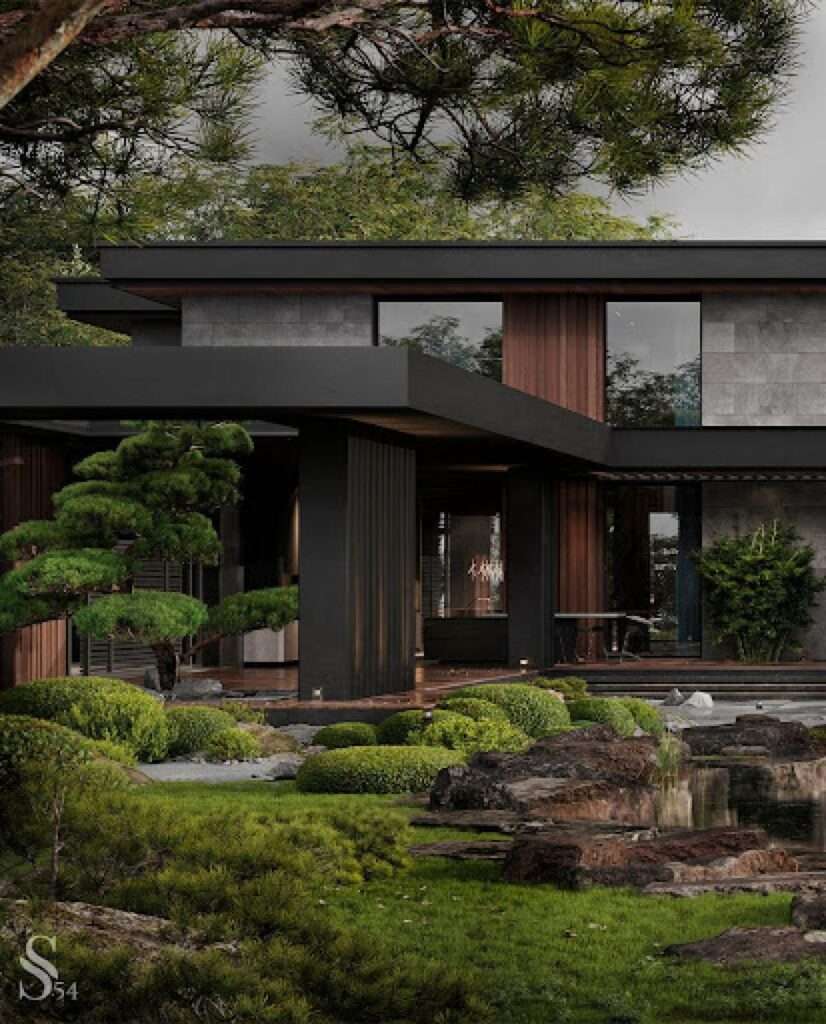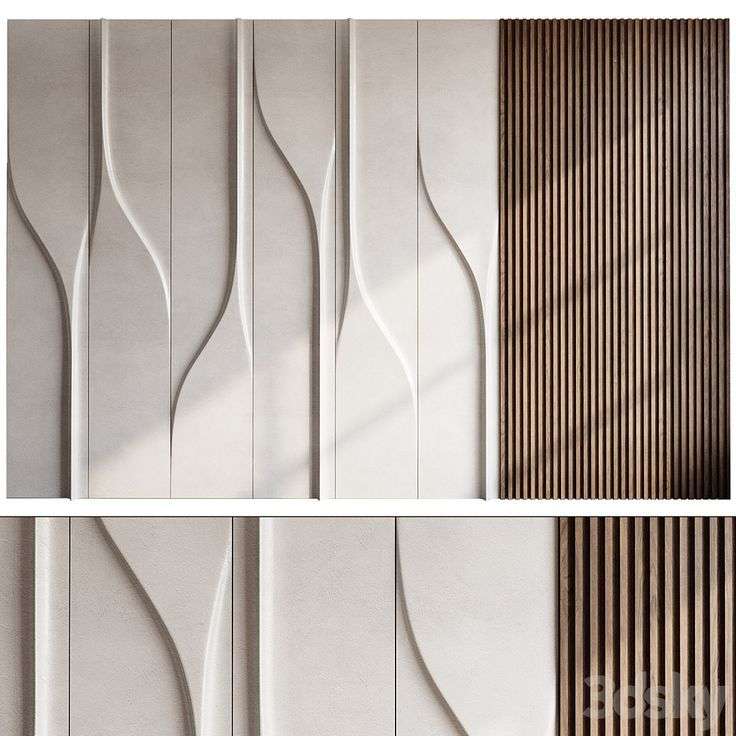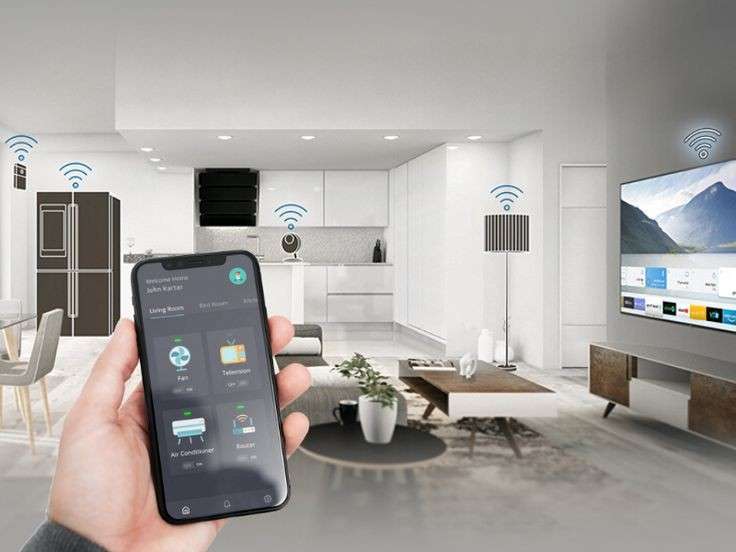Modern architecture is often celebrated for its clean lines, open spaces, and minimalist forms. But some of the most striking contemporary interiors draw inspiration from the past, blending old-world charm with modern function. Incorporating ancient architectural elements into today’s homes not only adds visual interest but also a sense of history, craftsmanship, and permanence that modern materials alone can’t always achieve.

Arches: Soft Structure and Flow
Arches have been used since Roman times to add elegance and structural integrity. Today, they are making a major comeback in modern interiors. Rounded doorways, arched windows, and curved niches soften the rigidity of square spaces. These forms guide the eye smoothly from one area to another, creating a sense of movement and cohesion. Whether it’s a grand entrance or a subtle arched bookshelf, this ancient element adds fluidity and sophistication to modern layouts.
Columns and Pillars: Strength with Style
Columns were once essential structural supports in Greek and Roman architecture. While modern engineering no longer relies on them, columns are still used decoratively to evoke grandeur and symmetry. In open-plan homes, free-standing columns can help define zones without closing off spaces. Whether you opt for a classical Corinthian design or a more simplified, fluted column, the result is a striking visual anchor that merges history with modernity.
Vaulted Ceilings: Space and Light
Vaulted ceilings, often seen in medieval cathedrals and ancient basilicas, create a feeling of height and openness. When applied to modern homes, they introduce drama, volume, and an airy ambiance. Paired with large windows or skylights, vaulted ceilings maximize natural light and give interiors a breathtaking sense of scale. Wooden beams or stone arches incorporated into the vaulting can further enhance the historical reference.
Natural Stone and Materials
Ancient structures were built from enduring materials like limestone, travertine, marble, and clay. These same materials are still beloved for their texture, strength, and earthy tones. Incorporating stone walls, terracotta flooring, or marble countertops adds authenticity and warmth to modern spaces. The key is balance—pairing these timeless elements with sleek furnishings or contemporary lighting keeps the design rooted in the present while nodding to the past.
Decorative Friezes and Moldings
Friezes and decorative moldings originated in ancient Greece and Rome as ways to adorn temples and buildings. In modern homes, subtle versions of these details can enhance character without overwhelming the space. Crown molding, chair rails, or ceiling medallions add a layer of refinement. These classical accents work especially well in transitional interiors that bridge traditional and contemporary styles.
Courtyards and Atriums
The use of interior courtyards can be traced back to ancient Roman domus and traditional Indian havelis. Today, these open-air spaces are being revived as tranquil hubs for light, ventilation, and connection with nature. Modern interpretations may include vertical gardens, water features, or glass roofs, blending age-old spatial planning with eco-conscious design.
Frescoes and Murals
Large-scale wall paintings were common in ancient homes from Pompeii to ancient Egypt. While modern art has evolved, murals and hand-painted surfaces still carry the spirit of historical storytelling and decoration. A mural wall or fresco-style accent can add a bold and unique touch, turning your home into a living canvas that reflects both heritage and individuality.
Domes and Oculi
Inspired by iconic architecture like the Pantheon in Rome, domed ceilings and central oculi (circular openings) can be used in entryways, bathrooms, or meditation spaces. Domes bring a sense of sacred space and acoustical softness, while oculi provide natural light in unexpected and dramatic ways. In modern homes, these features create moments of awe and serenity.
Ancient Meets Smart
What makes the fusion of ancient architecture with modern design so compelling is the contrast. Classic elements like stone columns or archways feel fresh when paired with glass facades, minimal furniture, or smart home technology. The interplay of old and new creates layered spaces that feel rooted in history while embracing the future.



